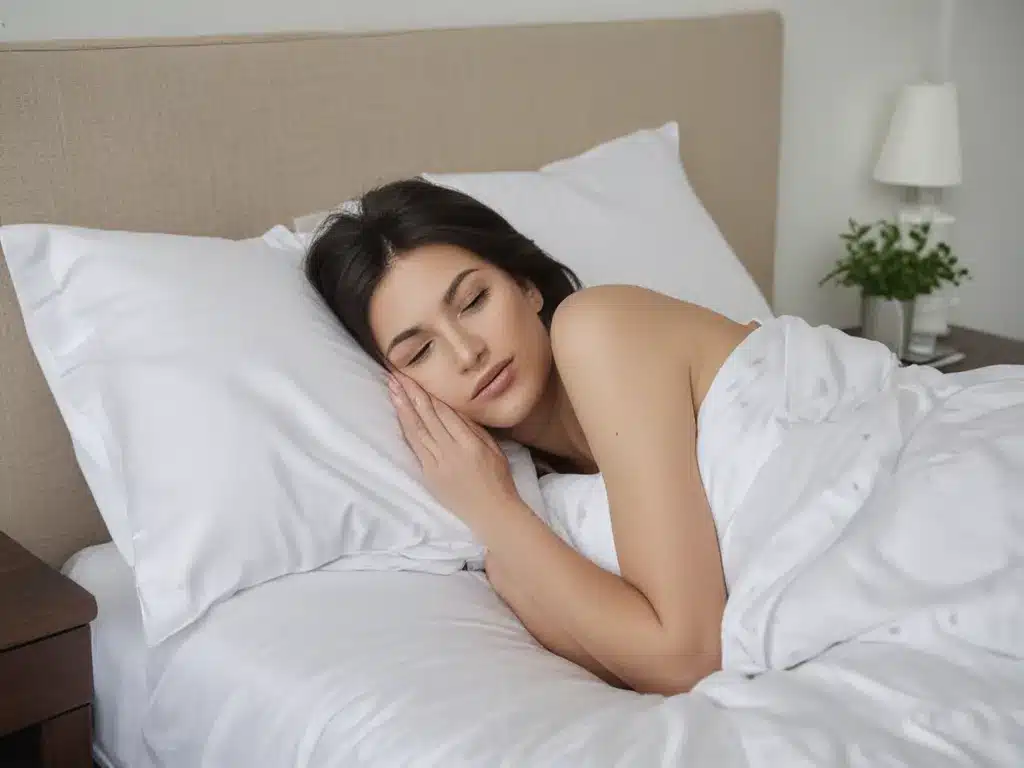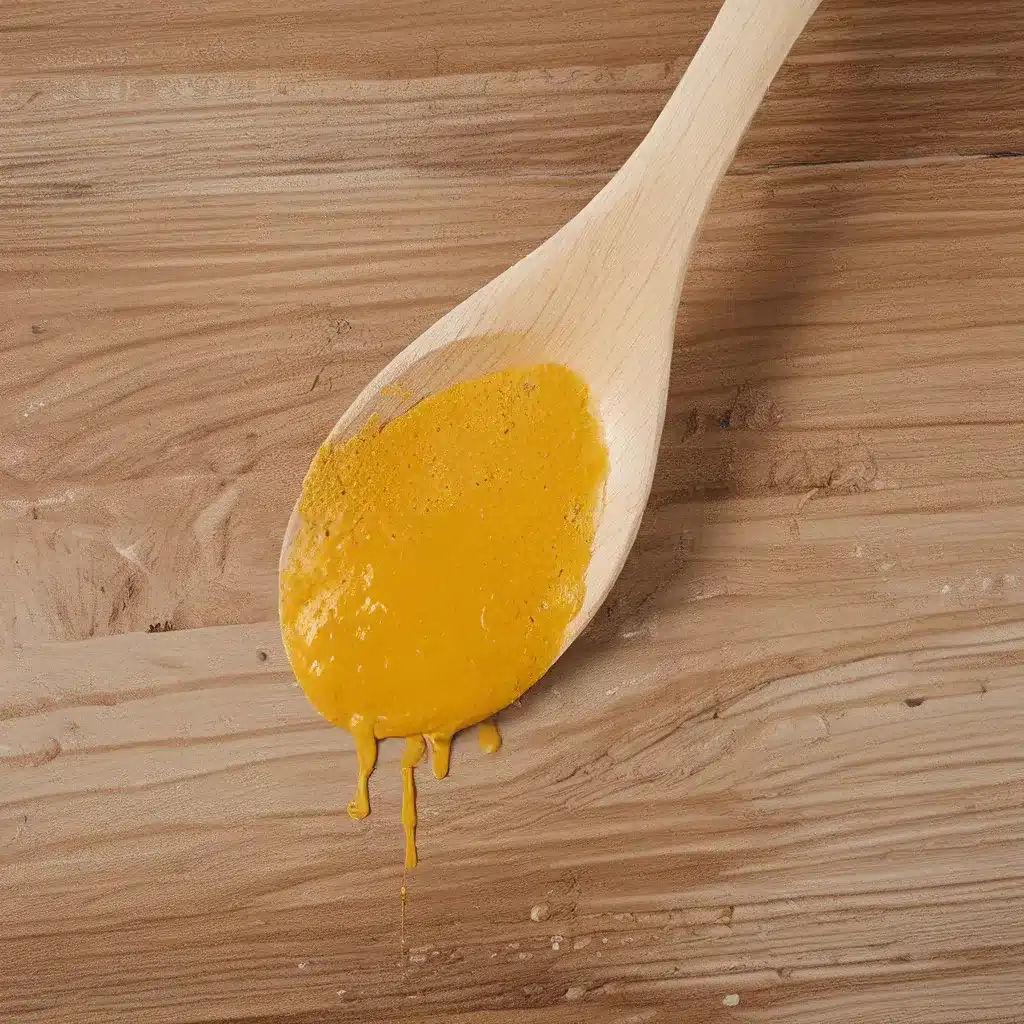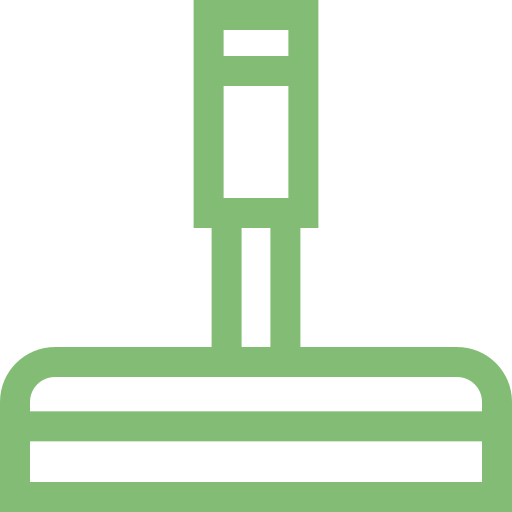Allergies can make life miserable, especially when trying to get a good night’s sleep. As I lie in bed wheezing and sniffling, I know it’s time to freshen up my bedding to help relieve my allergy symptoms. Here’s how I give my bedding a deep clean to remove allergens for a more restful slumber.
Wash Bedding Frequently
Washing my sheets, pillowcases, mattress cover, and comforter frequently is key to reducing allergens. I aim to wash my sheets and pillowcases once a week. I also wash the mattress cover and comforter every 2-3 weeks.
Frequent washing is effective at removing dead skin cells, dust mites, pollen, and other allergy triggers that accumulate on bedding. Hot water is best for killing dust mites. I wash my bedding on the hottest setting appropriate for the fabric.
Use Unscented Detergent and Skip the Fabric Softener
When washing bedding, I use an unscented detergent. Fragrances and dyes in detergent can irritate allergies. I also skip the fabric softener, as it can leave an odor and residue that aggravates allergies.
Washing with unscented products helps ensure I’m not adding any extra allergy triggers to my freshly washed linens.
Add Baking Soda or Vinegar to the Wash Cycle
For an extra cleaning boost, I add baking soda or vinegar to the wash cycle. These natural products help remove lingering allergens and odors from bedding.
Baking soda also helps soften water, allowing detergent to work more effectively. Vinegar helps breakdown soap residue and acts as a natural fabric softener.
Use Hot Water for Rinsing
After washing bedding with unscented detergent, I run an extra rinse cycle with the hottest water safe for the fabric. The extra hot rinse ensures all traces of detergent and allergens are removed, leaving bedding fresh and clean.
Dry Thoroughly
Once bedding is washed, it needs to be dried thoroughly and completely. Remaining moisture allows dust mites and mold to grow.
I make sure to run bedding through the dryer on the highest heat setting appropriate for the fabric. I periodically check that the linens are completely dry before removing them. If air drying, I make sure to fully line dry bedding in direct sunlight.
Consider Allergen-Proof Covers
For additional protection, I use mattress, box spring, and pillow encasements. These allergen-proof covers form a barrier against dust mites, pollen, and pet dander settling into bedding.
Covers labeled “allergen proof” or “dust mite proof” typically use tightly woven fabric to block allergens from passing through. I make sure to get covers specifically designed to block allergens.
Freshen Between Washings
Between full wash cycles, I freshen up bedding to further reduce allergens. I regularly vacuum mattresses, box springs, and pillows to remove surface dust and mites.
I also make sure to wash pillow protectors weekly. Changing sheets mid-week can also help keep bedding cleaner between full washings.
Address Other Allergy Triggers
While cleaning bedding is important, I also address other allergy triggers in the bedroom. I keep pets out of the room as much as possible. I use HEPA air filters and avoid bringing live plants into the bedroom.
Controlling humidity is also essential, as dust mites thrive in humid environments. With a multi-pronged approach, I can create an allergy-free sleep sanctuary.
Thoroughly washing and properly caring for bedding makes a big difference in reducing allergy symptoms. With cleaner bedding, I can finally breathe easy and get the restful sleep I need. A few simple laundry tips go a long way towards freshening up bedding for allergy relief and better sleep.







